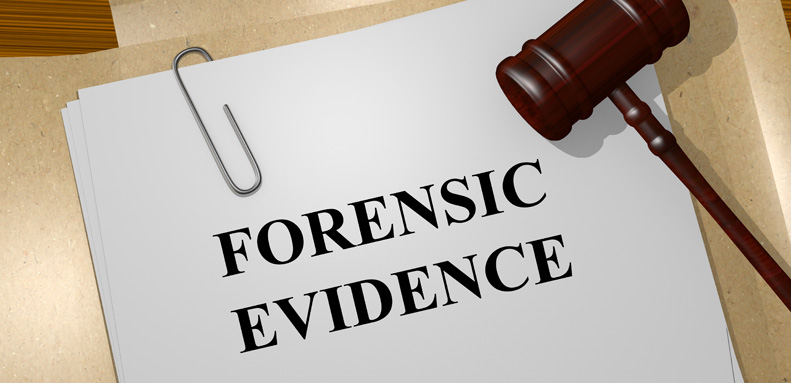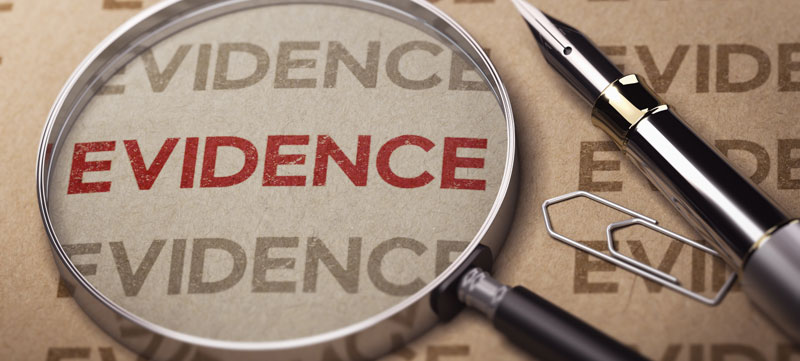Home / Submission of Documentary Evidence
Submission of Documentary Evidence

Submission of Documentary Evidence
Introduction
Worldwide Forensic Services Inc accepts cases from the following agencies:
Law offices
Public and private corporations
Businesses
Banks
Educational institutions
Federal, provincial, and municipal government
Accounting firms
Law enforcement and Investigating agencies
Insurance companies
Please Note: We do not accept cases from private individuals.
Some of the Forensic Document Examination Requirements
Handwriting Analysis
The questioned handwriting, hand printing, signatures, numerals, or initials can be examined and compared with the known exemplars to determine their authenticity.
Normally a signature can only be compared with signatures (unless an individual has signed like name writing) and handwriting can be compared with the handwriting in the corresponding style (cursive with cursive, printed with printed, and uppercase with uppercase). The known handwriting should have the letters and their combinations available in the questioned handwriting.
Photocopies, Computer Printouts, or the Other Machine Generated Documents:
The machine-generated documents can be examined to determine their origin or to find out if they were tempered with or fabricated in any manner e.g. a fabricated photocopy prepared by transplanting a signature from another document by cut-and-paste method or with the help of a computer.
The typed matter or computer printouts can be examined and compared with the known samples to determine if a particular machine was used to produce the questioned document.
Examination of Inks
Inks can be physically or chemically examined to determine if the same ink or different inks were used to write a document. An obliterated matter or faded inks can often be made legible with Video-Spectral Comparator, scanning techniques, software enhancement, or forensic filters. Worldwide Forensic Services Inc does not offer ink dating services. We normally refer such clients to www.documentdating.com.
Examination of Paper
Paper can be examined and compared to the other pages of a document or the known samples to determine if the document/page in question is similar to the other papers. Torn documents can be reconstructed, and sometimes paper can be dated or linked to a particular manufacturer.
Detection of Alterations
An erasing, overwriting, alteration, or indentation can often be detected with the help of devices and light sources.

Evidence Submission Procedure
Evidence with a cover letter is accepted either in person (by appointment only), or via courier or certified mail. The evidence is returned in person or via courier.
Evidence Handling Guidelines
Original documents are always preferred over photocopies. If it is not possible to obtain originals, submit the best available photocopies.
Documents should not be stapled, unnecessarily touched, folded, torn, stamped, or subjected to indented writings/impressions.
A document itself should not be marked. It should be placed in an envelope that has been identified on the outside with pertinent data.
Photocopies, facsimiles, or photographs should not be placed in plastic envelopes. The toner of the printed areas may transfer and adhere to the plastic surface.
Documents should not be exposed to excessive humidity, heat, or direct sunlight.
Collect and submit a sufficient number of known signatures/handwriting samples. Try your best to collect the known matter within the same timeframe as the questioned matter.
Submit your evidence via hand delivery or safe carrier.
Comparison Specimen
The level of certainty of the conclusions of a forensic document examiner mainly depends on the quality of the questioned matter and the availability of the comparison specimens. Please click here to see an opinion scale.
We often receive phone calls saying there is a signature in question and only one known signature is available for comparison, or there are two signatures that need to be compared to each other to find out as to which one is real and which one is forged.
Submission of insufficient or inappropriate comparison specimens (also referred to as the known signatures/handwriting, sample signatures/handwriting, exemplars) is a common problem. Forensic document examiners need proper comparison specimens to evaluate the writing characteristics of an individual to reach a conclusion.
There are two types of comparison specimens:
Collected Specimens
Requested Specimens
Collected Specimens
The signatures or handwriting written by an individual in his/her daily routine. Sufficient numbers of collected specimens, written during similar writing conditions, are likely to provide sufficient data for comparison purposes.
While collecting specimens, please consider the following:
Time Period:
It is better to collect the comparison specimens contemporary to the date or the document in question. Signatures or handwriting of an individual may show marked changes with a lapse of time. Comparison specimens of remote dates may prove to be unsuitable for proper comparison and evaluation of the writing characteristics.
Old Age and Illness:
Old age and/or illness may affect the signatures and handwriting of an individual to a considerable extent. If the questioned signature or handwriting has been influenced by such conditions, it becomes necessary to look for the comparison specimens written under similar conditions.
Writing Conditions:
Sometimes the questioned matter is written while standing or having an uneasy posture. Comparison of specimens written during similar writing conditions may prove useful in the comparison process.
Writing Instrument:
Normally the signatures or handwriting written with a ball-point pen, fountain pen, gel pen, or pencil do not show marked variations due to changes in the writing instrument. It is, however, better to have the comparison specimens written with a similar type of writing instrument. The writings with broad-tipped writing instruments, like a felt-tip marker pen, tend to show some prominent variations. In such cases, it may become necessary to have comparison specimens written with a similar type of writing instrument.
Sources of Collected Comparison Specimens:
The following list of documents may be helpful to collect the comparison specimens:

|
Affidavits |
Greeting cards |
Post Cards |
|
Agreements |
Guest lists |
Purchase Invoices |
|
Bank Deposit Slips |
Identification Cards |
Real Estate Documents |
|
Bank Signature Card |
Insurance Forms |
Receipts |
|
Canceled Cheques |
Job Applications |
Registration Forms |
|
College or University Applications |
Letters |
Rental Agreements |
|
Correspondence |
Loan Applications |
Rental Receipts |
|
Court Documents |
Marriage Certificate |
Reports |
|
Credit Card Receipts |
Membership Cards |
Requisitions |
|
Deposit/Withdrawal Slips |
Message Pads |
Tax Forms |
|
Diaries |
Mortgage Documents |
Telephone and Address Books |
|
Discharge Papers |
Notebooks |
Time Sheets |
|
Driver’s Licence |
Notes |
Welfare Records |
|
Employment Records |
Passport |
Wills |